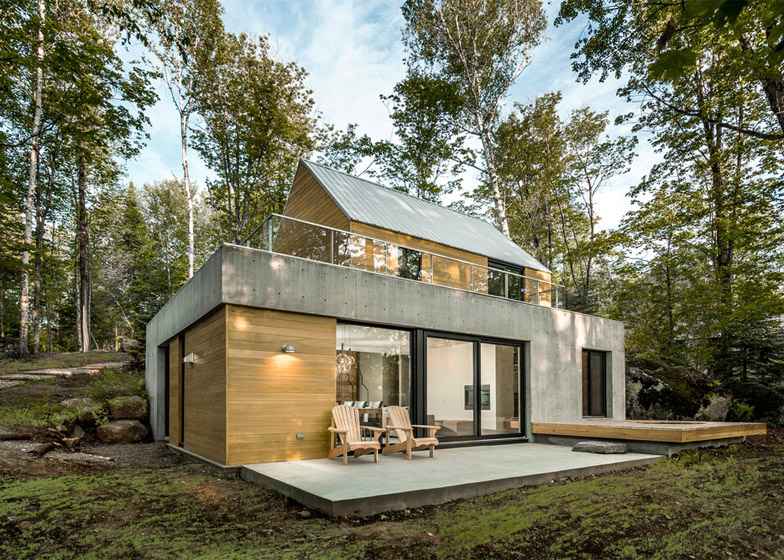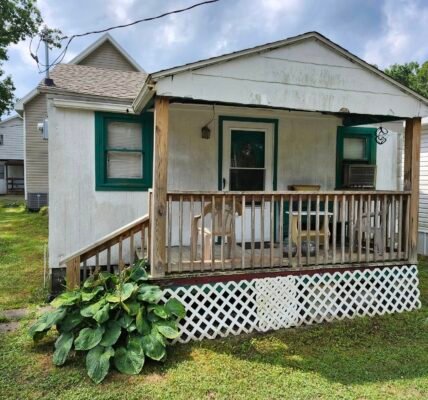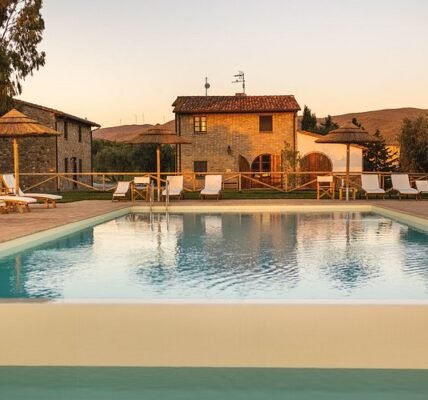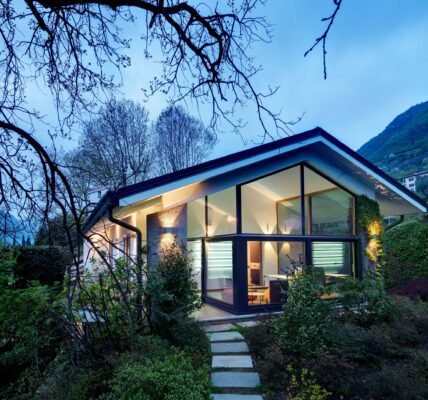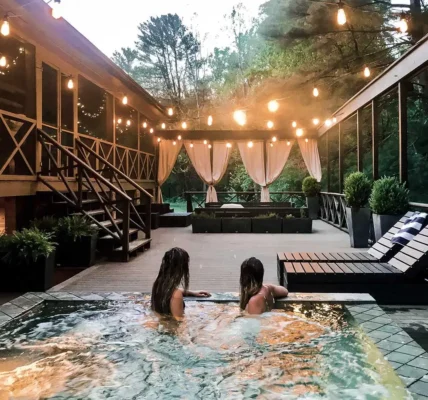Deep in the forests of British Columbia, along the shores of Ontario’s lakes, or nestled high in the Canadian Rockies, the log cabin stands as a rugged icon of wilderness life. For centuries, the Canadian cabin has been both a practical shelter and a cultural symbol—a place where settlers, trappers, adventurers, and families have found warmth, protection, and a sense of belonging in some of the world’s wildest landscapes.
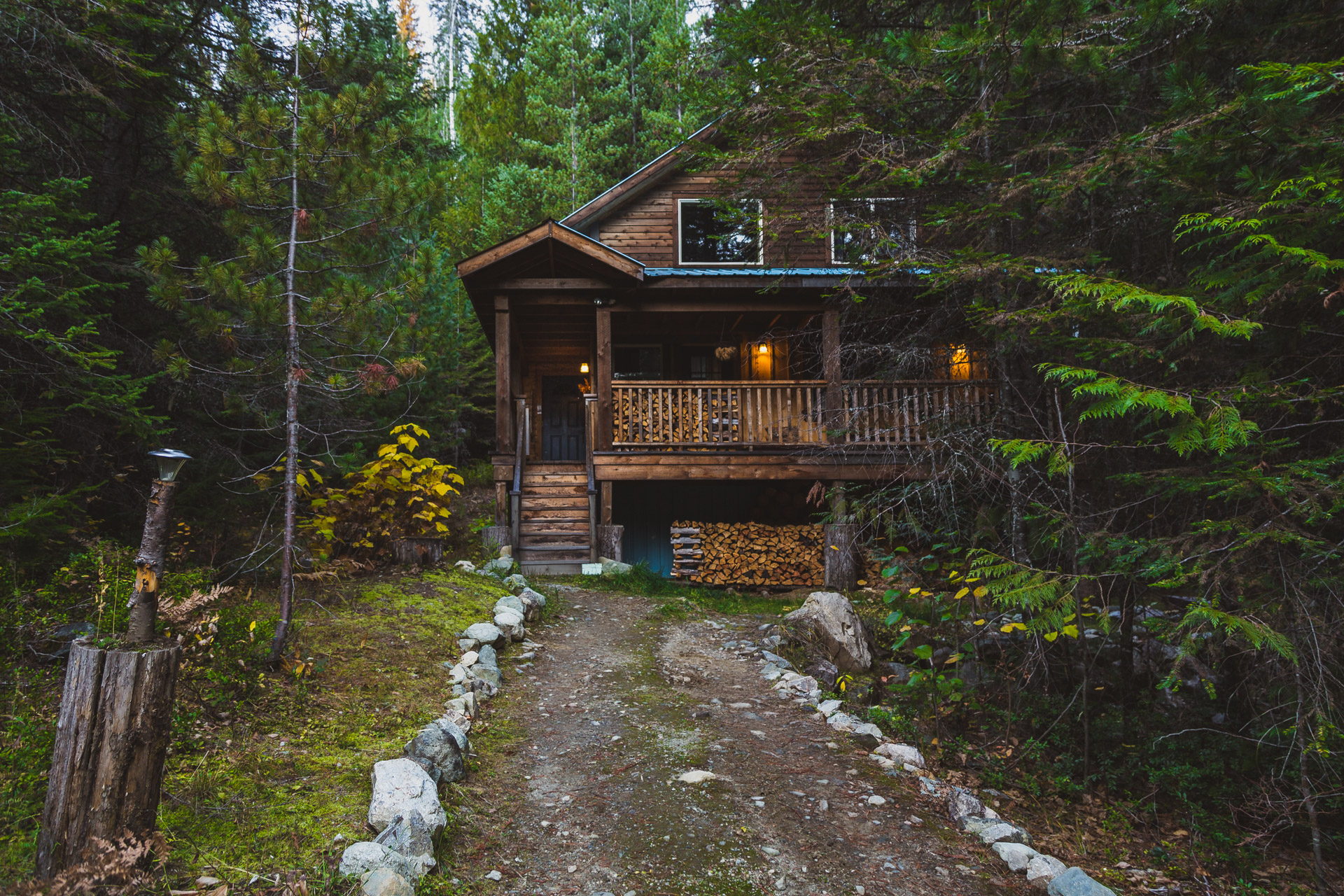
Roots in Survival and Settlement
The origins of the Canadian cabin trace back to the 17th and 18th centuries, when European settlers and fur traders ventured into the vast wilderness. With limited resources, they built homes from the most abundant material available: timber. Logs were stacked, notched, and sealed with moss or clay, creating durable, weather-resistant shelters that could withstand harsh winters.
Indigenous peoples had long built shelters adapted to their environments, and early settlers borrowed techniques while blending them with European traditions. Over time, these cabins became more than survival structures—they became enduring homes, gathering places, and symbols of life lived close to the land.


The Architecture of a Canadian Log Cabin
The Canadian cabin is robust, designed for harsh climates and heavy snowfalls. Some common features include:
- Log Construction: Thick logs, often pine, spruce, or cedar, are stacked horizontally and interlocked at the corners. Their mass provides natural insulation against the cold.
- Stone Chimneys: A large, central stone fireplace is not only functional but iconic, radiating heat throughout the cabin.
- Steep Roofs: Like their Norwegian cousins, Canadian cabins have pitched roofs to shed snow. Cedar shingles or metal coverings are common.
- Porches and Decks: Wide porches face lakes or mountain views, extending the living space outdoors.
- Simple Layouts: One or two rooms dominate older designs, though modern cabins may expand with lofts and open-concept spaces.
The result is a structure that is at once sturdy and inviting, equally capable of withstanding blizzards and hosting warm family evenings by the fire.
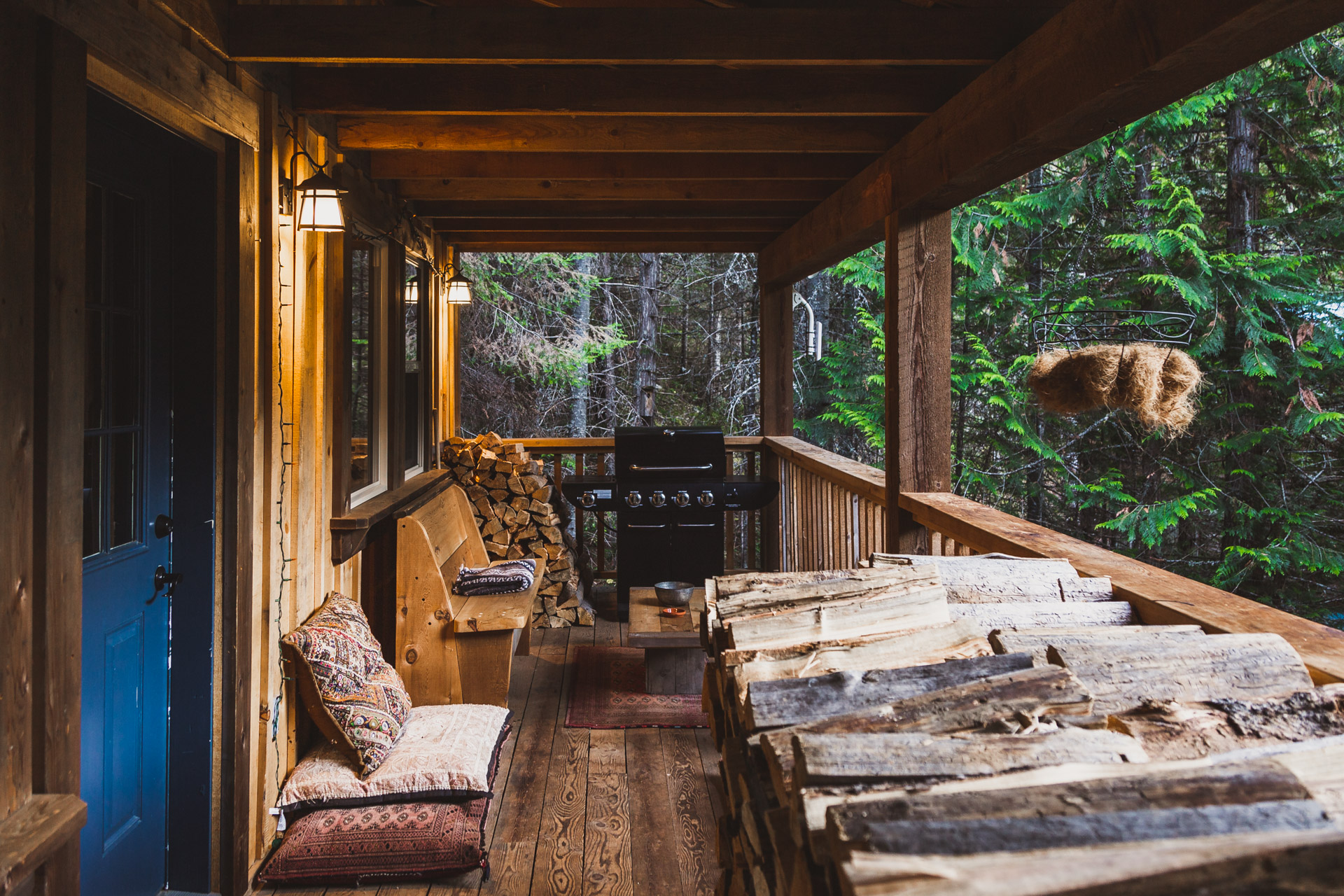
Life Inside the Cabin
Step into a Canadian log cabin, and you immediately feel its warmth and strength. The thick timber walls exude a natural scent of pine and resin, while the stone hearth anchors the room.
Inside, the design is simple and functional, often with rustic handmade furniture:
- Wood-burning Fireplace or Stove: The cabin’s heart, where meals are prepared and families gather.
- Rough-hewn Furniture: Tables, chairs, and bunk beds crafted from local wood.
- Furs and Blankets: Essential for warmth during cold nights, they add a rugged comfort to the space.
- Lanterns and Oil Lamps: Traditionally used before electricity reached remote areas, casting a soft golden glow.
The cabin atmosphere is one of resilience and coziness—a balance between ruggedness and homeliness.
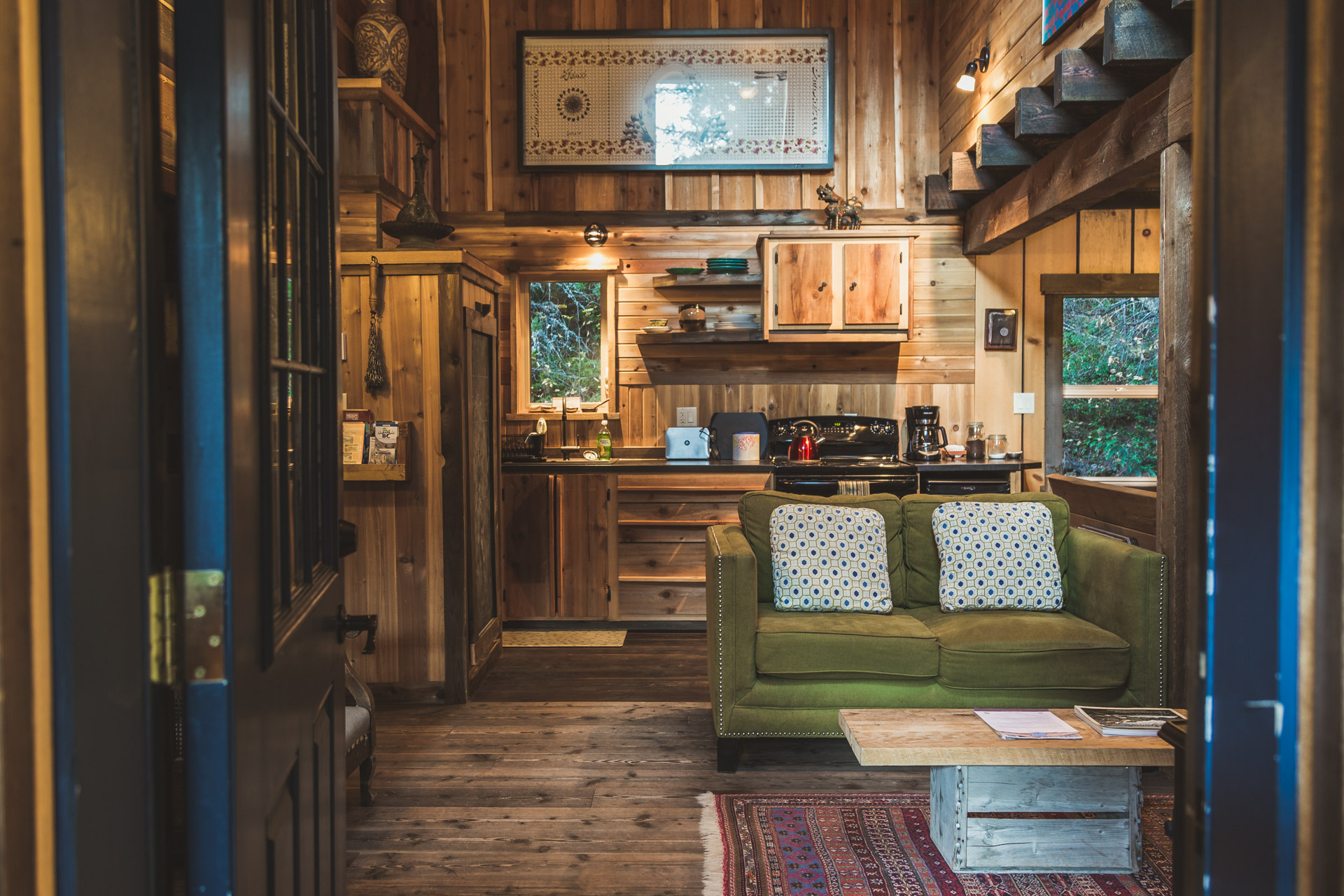
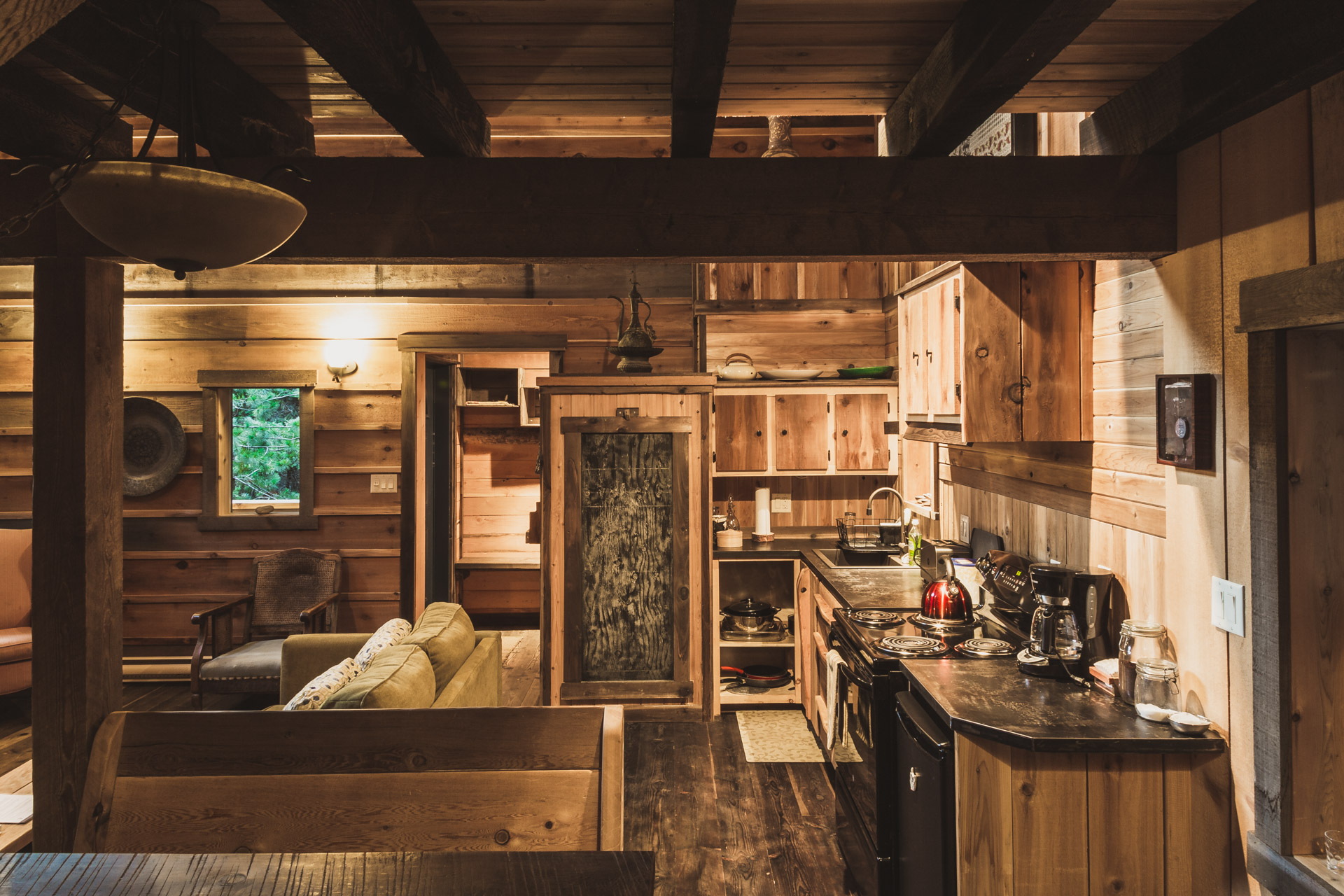
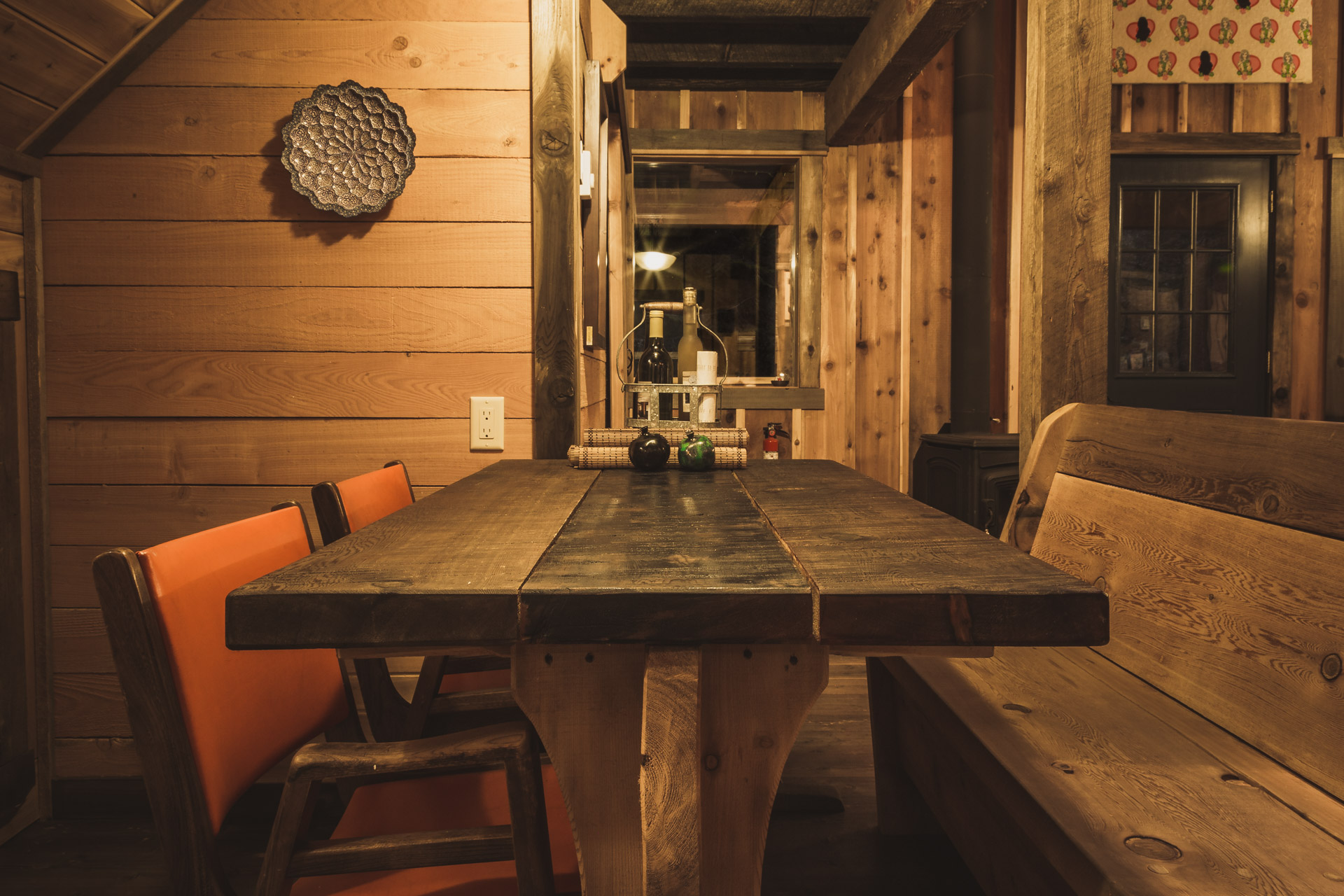
The Cabin Lifestyle: Adventure and Connection
Canadian cabin life is inseparable from the outdoors. The cabin is always a gateway to adventure:
- In Winter: Snowshoeing, ice fishing, skiing, and chopping wood become daily rhythms.
- In Summer: Canoeing on glassy lakes, swimming, hiking, and evenings spent around campfires define the experience.
- Fishing and Hunting: Many cabins serve as bases for fishing trips or hunting excursions, traditions that date back to Canada’s earliest settlers.
Beyond activities, the cabin fosters a lifestyle of simplicity. With fewer distractions, families reconnect over storytelling, games, and shared meals. The crackle of the fire replaces the noise of the city; the silence of the forest becomes a lullaby.
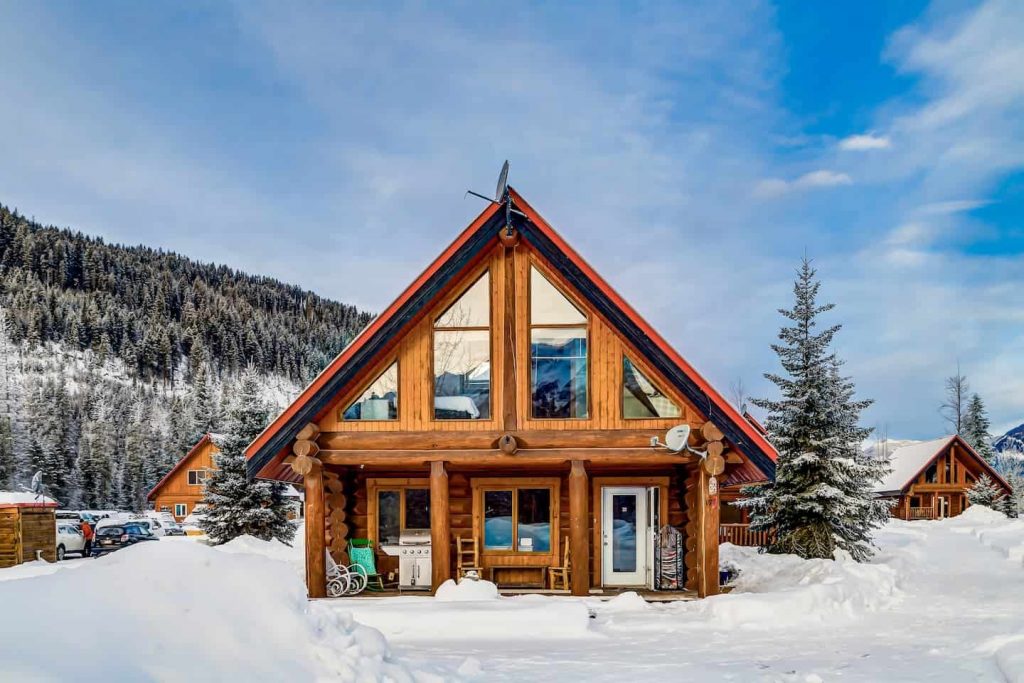
Modern Interpretations of the Canadian Cabin
While traditional log cabins endure, many contemporary versions reinterpret the style with modern comfort:
- Expansive Windows: Framing mountain or lake views, turning nature into living art.
- Open-Concept Interiors: High ceilings with exposed beams and mezzanine lofts.
- Sustainable Materials: Reclaimed timber, stone, and energy-efficient insulation.
- Off-Grid Technologies: Solar power, composting toilets, and rainwater collection systems, catering to eco-conscious adventurers.
Despite these innovations, the essence remains unchanged: a refuge in nature, where simplicity reigns.
